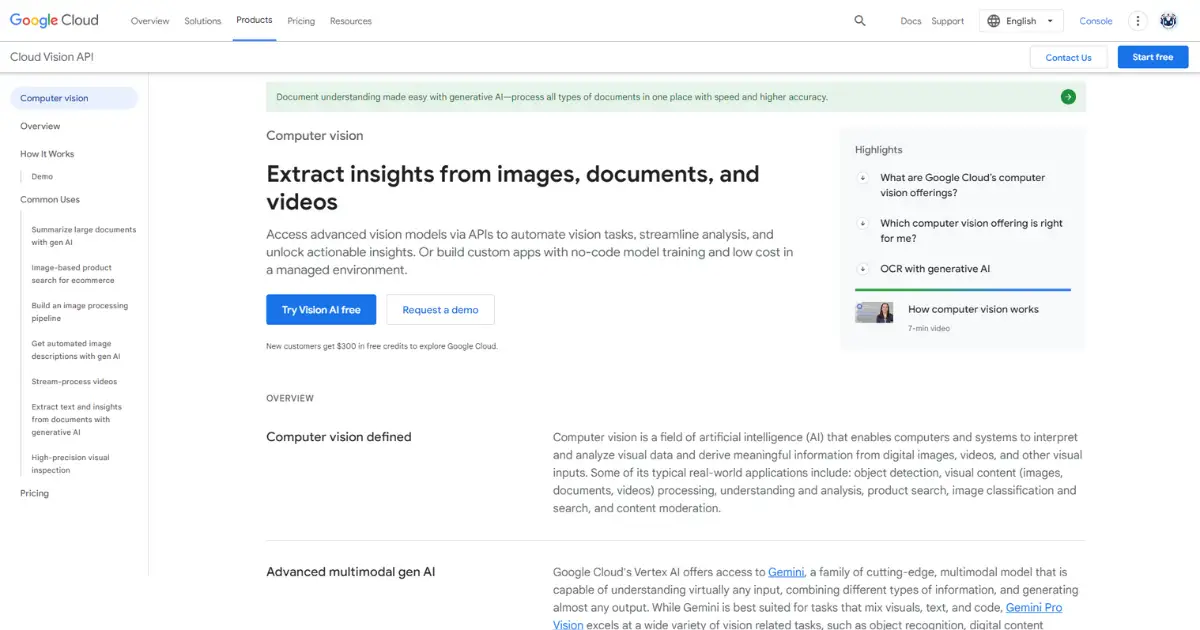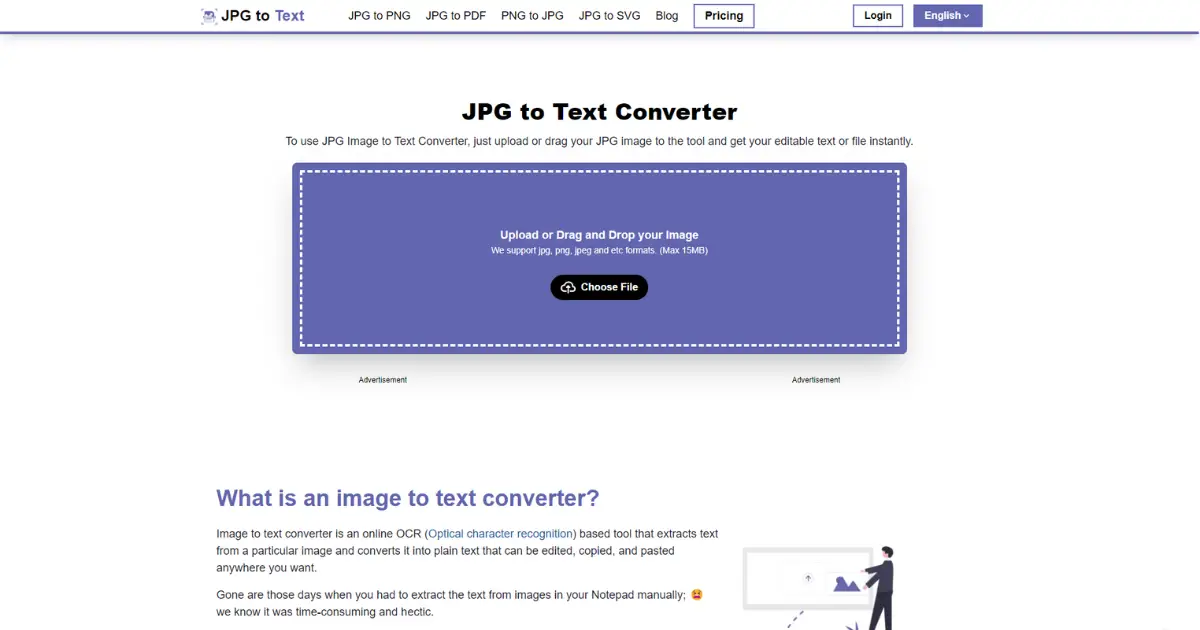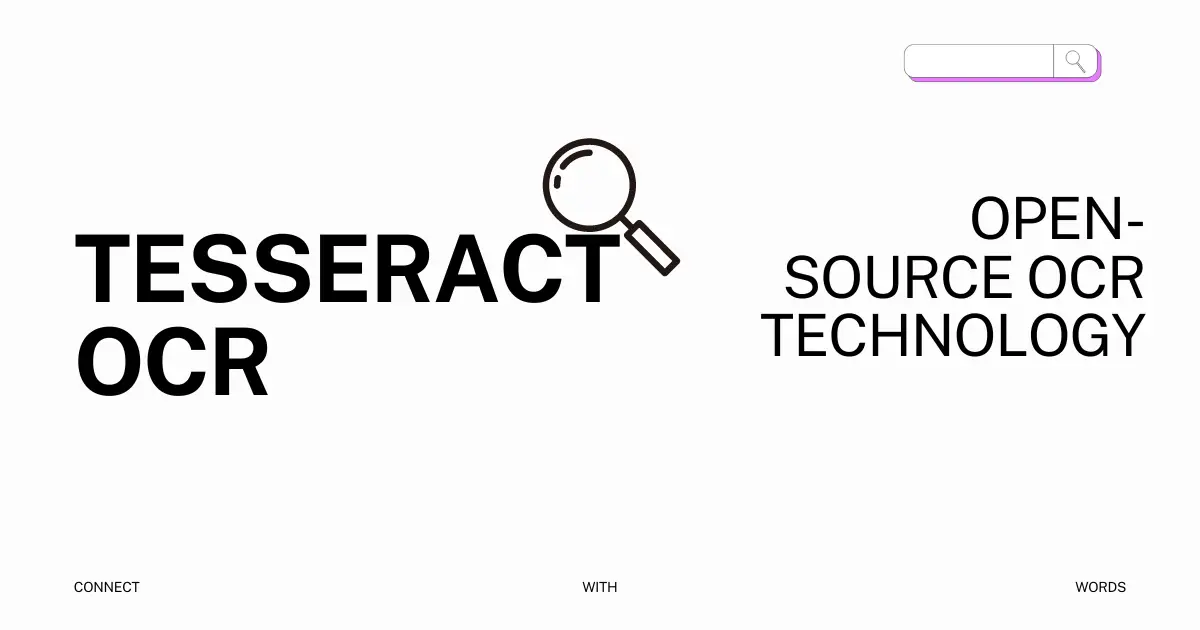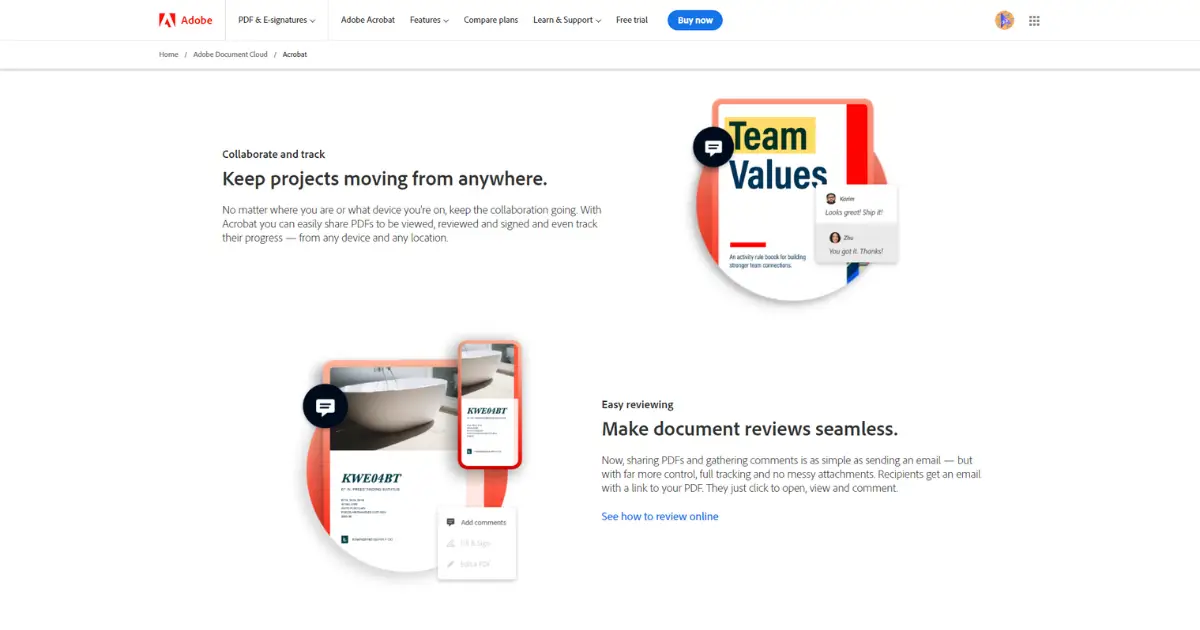Data Extraction with OCR Tools: A Smarter Method


OCR technology is used by enterprises, including hospitals and insurance firms, to automatically process paper forms. OCR continues to be widely used because it saves time and money by minimizing the amount of manual data entry required.
Have you ever observed how your eyes sometimes skim over words without understanding what they mean? Even the best of us experience it. It’s practically difficult to read an entire page, article, or book every time. Why? Because, even without the additional eye strain and effort of data entry, it frequently takes far too long.
Fortunately, OCR technology has transformed the process of data scanning and capture. They eliminate the need for manual reading and entering. OCR technology is essential for automating the processing of paper forms in a variety of businesses. It also includes credit card receipt reconciliations and other data procedures.
It has become essential to efficiently extract information from physical documents and photos. The function of optical character recognition (OCR) technology in this situation is important. The process of converting printed, or handwritten text from papers, photographs, or scanned files into digital. It also has editable–representations, known as data extraction. The technology at the cutting edge of this shift is OCR, which has undergone substantial development over–time.
What is Data Extraction?
The process of collecting information, or data from numerous sources. It also transforms, it into a usable digital format is referred to as data extraction. This information can take the form of text, statistics, or even images. They are frequently saved, in databases and used for a variety of analyses. Data mining, business intelligence, and data analysis all depend on data extraction. Because it enables–firms to quickly acquire, process, and use information from a variety of sources.
What is OCR?
The method of turning printed or handwritten text from physical documents, scanned paper, or photographs. Into machine-readable text is automated using optical character recognition (OCR). It effectively “reads” characters on a page and converts them into a language that computers can comprehend. OCR software or tools extract image to text and manipulate text data by identifying and interpreting characters. Using artificial intelligence and pattern recognition algorithms.
How does OCR Work?
Pattern recognition and machine learning techniques are used to create OCR technology. Here is a brief description of the OCR procedure:
- Image Preprocessing: In order to improve the accuracy of text recognition, OCR programs may preprocess the input image. Which may involve actions like noise reduction, contrast improvement, and image straightening.
- Text Detection: OCR software locates the areas of the image that contain text during text detection. Techniques like edge detection and contour analysis are used to do this.
- Character Recognition: After text sections have been located. OCR algorithms examine each character, identifying its patterns and shapes. In this step, character shapes are compared to established character templates.
- Language Analysis: To increase accuracy, OCR software frequently uses language analysis. This includes taking into account word context and the propensity of particular character pairings.
- Output Generation: Finally, OCR tools produce text that is machine-readable as the output. This can take the shape of searchable PDFs, plain text, or other digital formats.
Benefits of Using OCR Tools for Data Extraction
Using OCR tools, for data extraction has a number of important–benefits, including:
- Efficiency: OCR dramatically shortens, the time required for data–entry, eliminating the need for manual input.
- Accuracy: OCR technology can recognize characters, with high degrees of accuracy, reducing errors brought on by manual–entry.
- Cost savings: Businesses can reduce labour expenses associated, with manual data entry by automating data–extraction.
- Searchability: OCR–generated text may be searched, making it simple, to find specific information inside a document or database.
- Accessibility: OCR transforms printed or handwritten text, into readable digital text, making it available to people with visual–impairments.
- Data Integration: OCR makes, it easier to incorporate paper- or image–based data into digital workflows and databases.
Top 5 Data Extraction with OCR Tools: A Smarter Method
Here are the top 5 OCR tools for your data extraction in 2023:
1. ABBYY FineReader: Unlocking Precision and Efficiency

In the world of OCR, ABBYY FineReader is a leader–known for, its unrivalled efficiency and accuracy. This program can transform, a variety of document kinds. Including scanned papers and photos, into formats, that can be edited and searched, like Word, Excel, or PDF.
This tool stands, out for its capacity to preserve document formatting and layout. Which makes it the best option for protecting, the integrity of complicated–documents. It is a worldwide solution for firms dealing with multilingual data. Because of its clever algorithms’ ability, to identify various languages. This online tool guarantees, that data extraction is a snap for users. Because of its user–friendly interface and batch-processing features. Making it the go-to tool for many professionals.
2. Google Cloud Vision: Leveraging AI Prowess

Google Cloud Vision uses artificial intelligence to extract text. The other important data is from photos and documents. Its deep learning skills, allow it to recognize text in a variety of typefaces. It also languages with astounding precision, are what set it apart.
This tool is adaptable for a variety of applications thanks to its extensive feature set. Which includes image categorization, facial recognition, and sentiment analysis. Because of its infrastructure’s dependability and scalability. Google is a desirable option for companies of all sizes. Its appeal is further increased by integration with other Google Cloud services and APIs. Making it a wise choice for those wishing to use AI for data extraction.
3. Jpgtotext.com: Simplicity Meets Efficiency

Jpgtotext.com is an online OCR application. Whose user-friendly design makes data extraction easier. It specializes in creating editable from image to text files. Although it might not have as many capabilities as some expensive programs. Its effectiveness and simplicity make it a great option for those who only need to extract text quickly.
For individuals and small organizations who occasionally need OCR functionality. Without the hassle of complicated software installations, this application is especially useful. You may quickly upload an image, conduct OCR, and retrieve the recovered text using the Jpgtotext.com website. Its straightforward approach to data extraction is proof that sometimes simple really is the best option.
4. Tesseract OCR: Open-Source Excellence

Google created the open-source OCR technology known as Tesseract OCR. It is a popular option for developers and tech-savvy people. Because of its reputation for accuracy and broad language compatibility. Tesseract is a flexible solution for specific data extraction requirements. Because of its ability to be integrated into a variety of applications. Tesseract’s active developer community. Which is constantly enhancing and extending its capabilities, is one of its assets.
Even though it does not have the sleek user interface of certain commercial programs. Its versatility and accuracy make it a wise choice for anyone prepared to put in some setup and configuration effort. Tesseract OCR is a tempting choice for companies looking for a robust yet affordable OCR solution.
5. Adobe Acrobat Pro DC: The All-in-One PDF Solution

A complete PDF tool with powerful OCR functions is Adobe Acrobat Pro DC. Beyond its well-known PDF editing features, it provides sophisticated text recognition. To create searchable and editable PDFs from scanned documents and photos. It stands out for its perfect interaction with the Adobe ecosystem. Which makes it a great option for anyone who frequently uses PDF documents.
The OCR functionality of this program is quite accurate. It has no trouble processing massive quantities of documents. It offers functions like text correction and automated font matching. Ensuring the accuracy of the retrieved data. For companies who have a significant investment in PDF workflows. Adobe Acrobat Pro DC is a smarter choice. Because of its powerful OCR capabilities and a broad range of PDF management features.
Conclusion
Data extraction with OCR tools is a smarter and more effective way to turn physical documents. It also photos priceless digital data in the age of digital transformation. OCR technology has advanced to offer more accuracy, speed, and accessibility. They benefit organizations and people in a variety of industries. You can use the power of OCR to improve your workflow and make better use of your data resources. By being aware of the different types of OCR solutions that are available. Choosing the one that best suits your needs, and adhering to best practices for data extraction. OCR tools are a dependable answer for your data extraction needs, whether you’re a little business, a huge enterprise, or an individual.




You have brought up a very good details, appreciate it for the post.